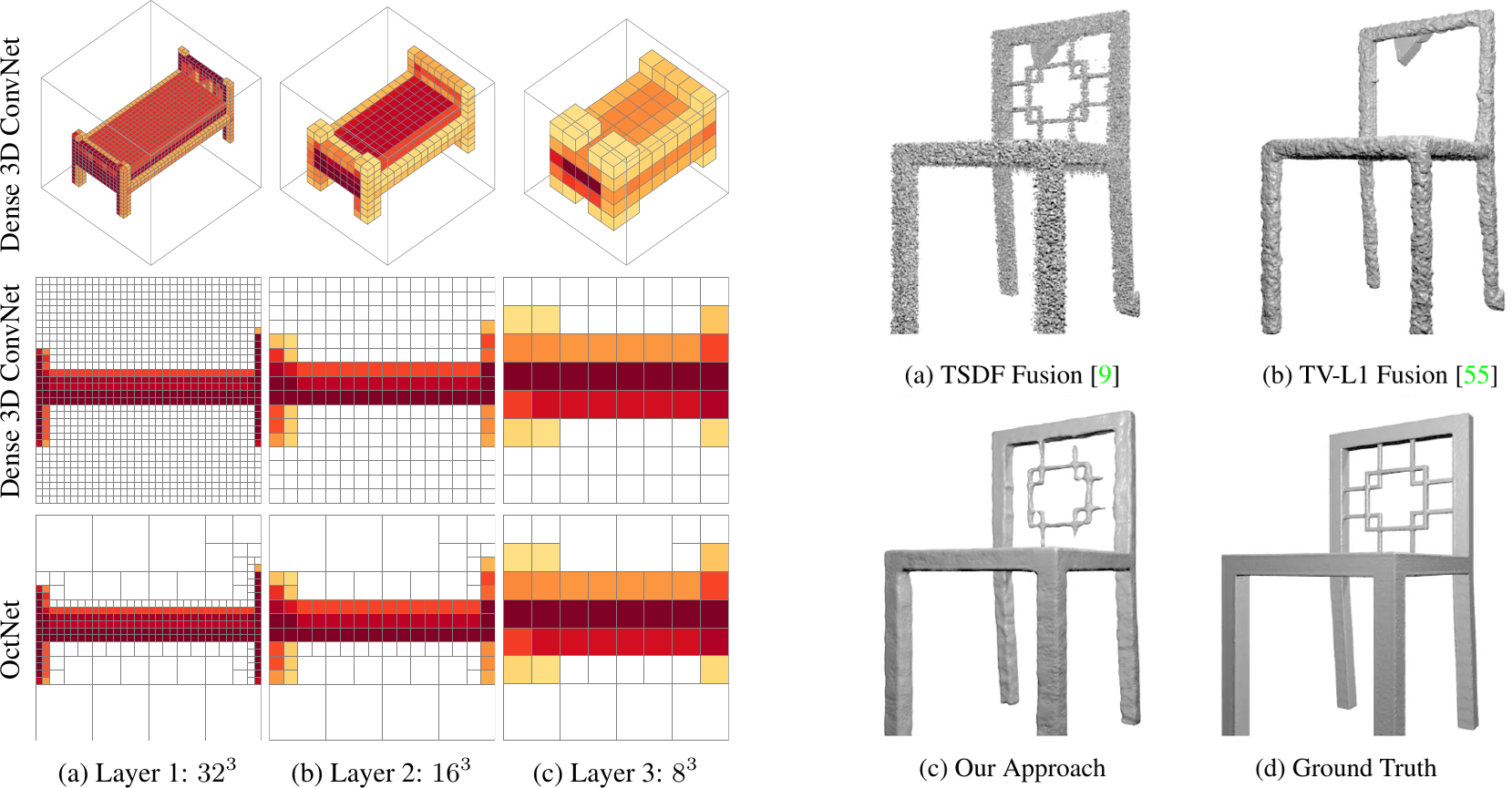Reinforcement Learning and Control
Model-based Reinforcement Learning and Planning
Object-centric Self-supervised Reinforcement Learning
Self-exploration of Behavior
Causal Reasoning in RL
Equation Learner for Extrapolation and Control
Intrinsically Motivated Hierarchical Learner
Regularity as Intrinsic Reward for Free Play
Curious Exploration via Structured World Models Yields Zero-Shot Object Manipulation
Natural and Robust Walking from Generic Rewards
Goal-conditioned Offline Planning
Offline Diversity Under Imitation Constraints
Learning Diverse Skills for Local Navigation
Learning Agile Skills via Adversarial Imitation of Rough Partial Demonstrations
Combinatorial Optimization as a Layer / Blackbox Differentiation
Object-centric Self-supervised Reinforcement Learning
Symbolic Regression and Equation Learning
Representation Learning
Stepsize adaptation for stochastic optimization
Probabilistic Neural Networks
Learning with 3D rotations: A hitchhiker’s guide to SO(3)
Efficient volumetric inference with OctNet

3D deep learning techniques are notoriously memory-hungry, due to the high-dimensional input and output spaces. However, for most applications, not all areas of space are equally informative or important. In order to allow deep learning techniques to scale to spatial resolutions of 256³ and beyond, we have developed the OctNet framework [].
In contrast to existing models, our representation enables 3D convolutional networks which are both deep and high resolution. The data-adaptive representation using unbalanced octrees allows us to focus memory allocation and computations to the relevant dense regions.
With OctNetFusion [], we present a learning-based approach to depth fusion, i.e. to dense 3D reconstruction from multiple depth images. We present a novel 3D CNN architecture that learns to predict an implicit surface representation from the input depth maps, and is additionally able to infer the structure of the octrees representing the objects at inference time.
Members
Publications


